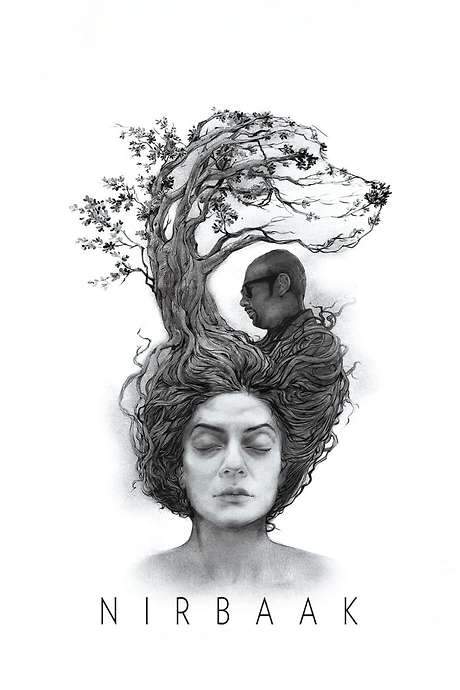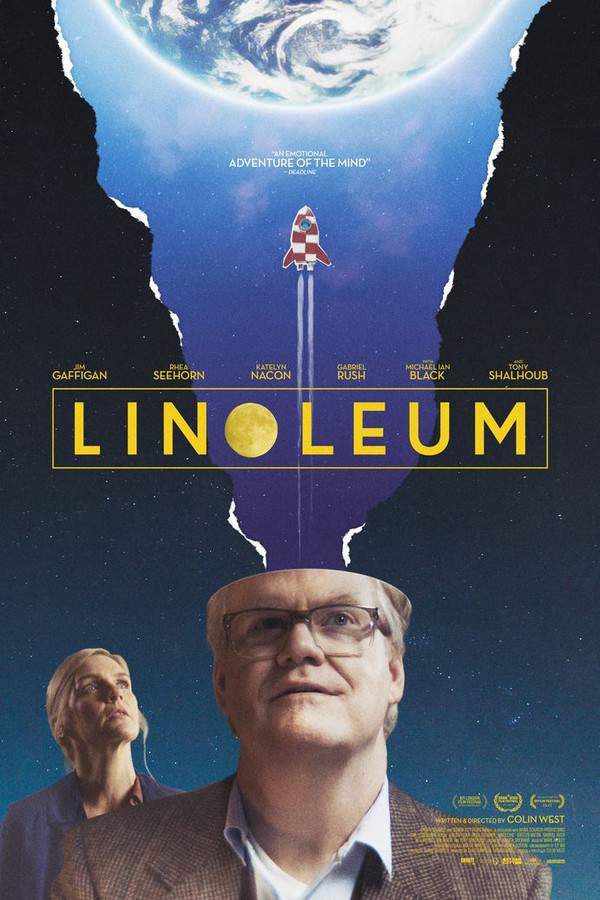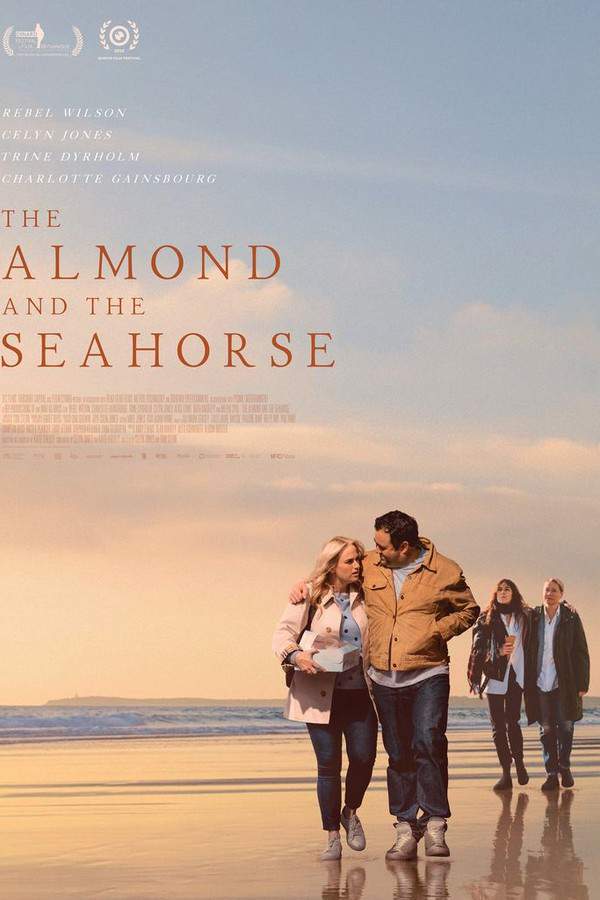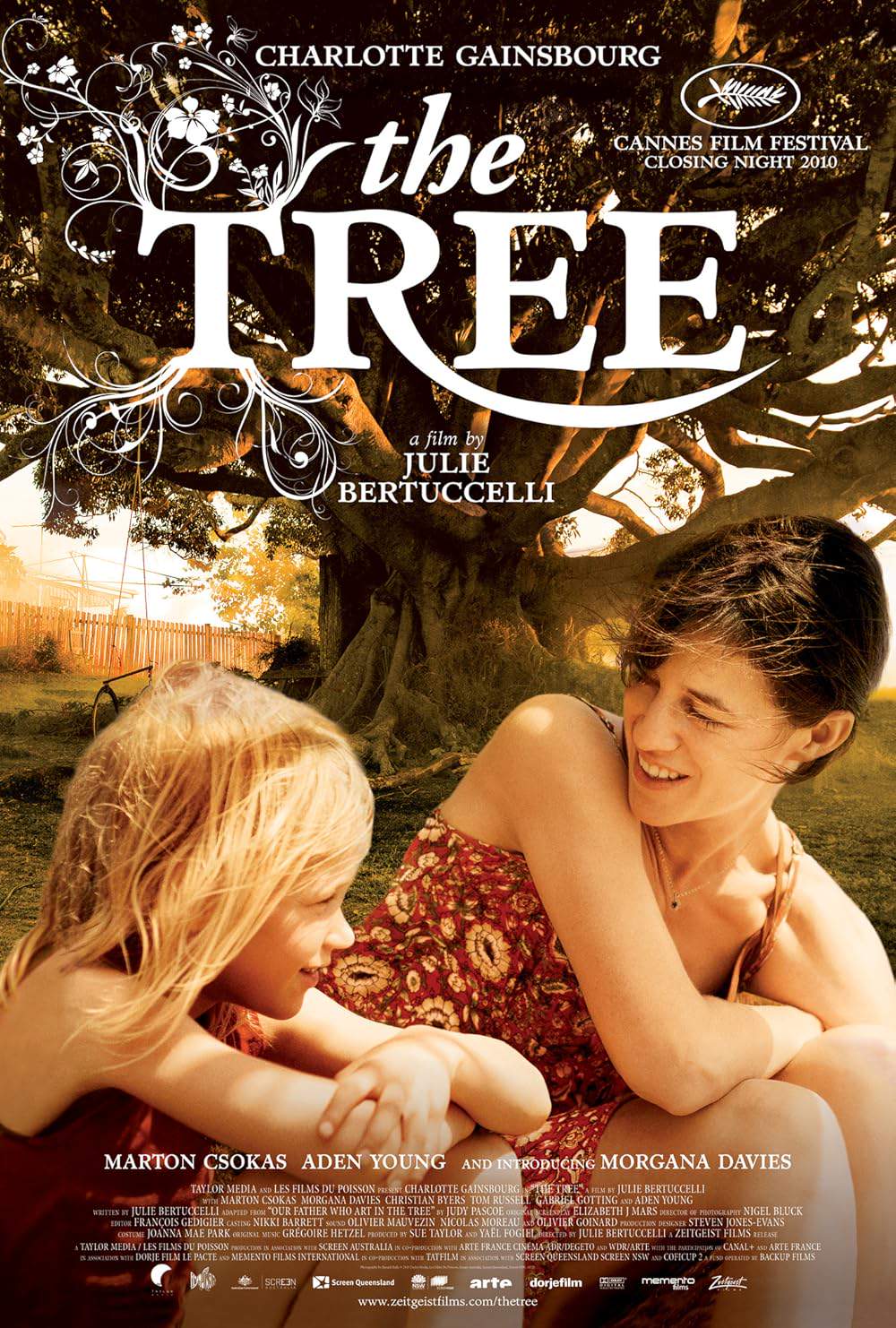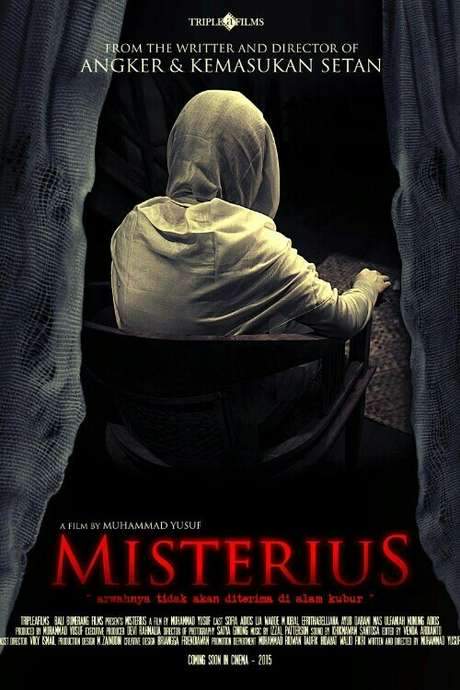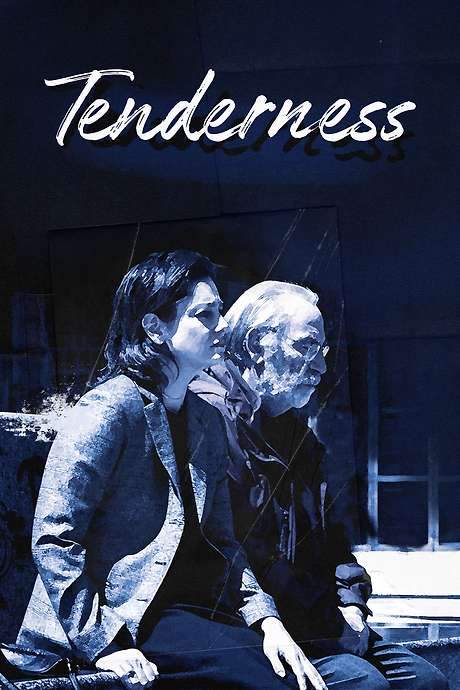-HOGtBZMKH4I3HQ.jpg)
Surviving Life (Theory and Practice)
Year: 2010
Runtime: 105 mins
Language: Czech
Director: Jan Švankmajer
Eugene, an aging man, lives a split existence—one grounded in reality, the other in a vivid dreamscape. Seeking insight, he consults a psychoanalyst who attempts to decode his nightly visions. Eventually, Eugene learns to enter his dream world voluntarily, uncovering memories of his childhood and the true story of his parents.
Surviving Life (Theory and Practice) (2010) – Spoiler-Free Movie Summary & Plot Overview
Get a spoiler-free look at Surviving Life (Theory and Practice) (2010) with a clear plot overview that covers the setting, main characters, and story premise—without revealing key twists or the ending. Perfect for deciding if this film is your next watch.
In a city rendered with meticulous paper‑cutout animation, an aging man named Eugene drifts between two distinct realms. By day he moves through the ordinary rhythms of work, family, and routine, but each night he slips into a vivid, surreal dreamscape that feels as concrete as his waking world. The visual style is deliberately uncanny, blending the handcrafted texture of stop‑motion with a quiet, almost whispering narration that invites the viewer to linger on the texture of each frame rather than on fast‑paced plot mechanics.
Eugene’s split existence becomes a source of both curiosity and unease, prompting him to seek guidance from a psychoanalyst, Dr. Holubová. Their conversations float between classic Freudian symbolism and contemporary ideas about lucid dreaming, offering a contemplative lens through which the audience can consider the porous boundaries between memory, desire, and imagination. The film’s tone remains introspective and wistful, laced with a dry, self‑deprecating humor that softens its more meditative moments, while the soundscape—soft rustles, distant city hums, and occasional surreal musical cues—deepens the sense of a world half‑remembered.
At home, Milada, his wife, grounds Eugene in the tangible present, embodying the familiar stability he both leans on and quietly resists. Their dynamic underscores the central tension of the story: the pull between lived experience and the alluring pull of inner reverie. As the narrative unfolds, the audience is invited to wonder how far one can travel within the mind without losing sight of the world outside, and whether the act of dreaming can become a purposeful pathway to uncovering long‑forgotten childhood memories and the deeper truths behind his parents’ lives. The film balances a gently absurd visual playground with a heartfelt exploration of identity, making the ordinary feel extraordinary and the dreamscape feel achingly real.
Last Updated: October 07, 2025 at 13:32
Explore Movie Threads
Discover curated groups of movies connected by mood, themes, and story style. Browse collections built around emotion, atmosphere, and narrative focus to easily find films that match what you feel like watching right now.
Surreal psychoanalytic dream journeys like in Surviving Life (Theory and Practice)
Films that explore the unconscious mind through surreal, symbolic dreamscapes.If you enjoyed the dreamlike exploration of the psyche in Surviving Life (Theory and Practice), you'll find similar movies here. These films use surrealism and non-linear narratives to delve into the unconscious mind, memory, and identity, often featuring therapy or self-analysis as a central theme.
Narrative Summary
Stories in this thread follow characters on a journey into their own minds, often guided by therapy or a personal crisis. The plot unfolds through a series of symbolic visions or dreams that progressively reveal a hidden truth about the protagonist's past, leading to a confrontation with painful memories and a fractured sense of self.
Why These Movies?
These films are grouped together because they share a core premise: using the visual and narrative language of dreams to conduct a deep, often melancholic, psychoanalysis of a character. They prioritize symbolic meaning over conventional plotting and create a distinct, reflective mood.
Bittersweet excavations of painful memory like in Surviving Life (Theory and Practice)
Character-driven stories where uncovering the past brings a fragile, bittersweet resolution.For viewers who appreciated the heavy emotional weight and bittersweet conclusion of Surviving Life (Theory and Practice), this collection highlights movies about characters confronting childhood trauma or parental loss. These stories focus on the painful but necessary process of remembering to achieve a fragile peace.
Narrative Summary
The narrative pattern involves a slow, deliberate uncovering of a repressed childhood memory, often related to parental figures or a seminal tragic event. The protagonist's journey is one of avoidance, discovery, and eventual, reluctant acceptance. The resolution acknowledges the pain of the past while offering a glimmer of hope through understanding, resulting in a bittersweet emotional tone.
Why These Movies?
These movies share a specific emotional arc: a heavy, melancholic tone driven by the excavation of trauma, a slow and reflective pacing that mirrors the difficulty of remembering, and a concluding feeling that is bittersweet rather than purely bleak or happily resolved.
Unlock the Full Story of Surviving Life (Theory and Practice)
Don't stop at just watching — explore Surviving Life (Theory and Practice) in full detail. From the complete plot summary and scene-by-scene timeline to character breakdowns, thematic analysis, and a deep dive into the ending — every page helps you truly understand what Surviving Life (Theory and Practice) is all about. Plus, discover what's next after the movie.
Surviving Life (Theory and Practice) Summary
Read a complete plot summary of Surviving Life (Theory and Practice), including all key story points, character arcs, and turning points. This in-depth recap is ideal for understanding the narrative structure or reviewing what happened in the movie.

Surviving Life (Theory and Practice) Timeline
Track the full timeline of Surviving Life (Theory and Practice) with every major event arranged chronologically. Perfect for decoding non-linear storytelling, flashbacks, or parallel narratives with a clear scene-by-scene breakdown.

Characters, Settings & Themes in Surviving Life (Theory and Practice)
Discover the characters, locations, and core themes that shape Surviving Life (Theory and Practice). Get insights into symbolic elements, setting significance, and deeper narrative meaning — ideal for thematic analysis and movie breakdowns.

More About Surviving Life (Theory and Practice)
Visit What's After the Movie to explore more about Surviving Life (Theory and Practice): box office results, cast and crew info, production details, post-credit scenes, and external links — all in one place for movie fans and researchers.






